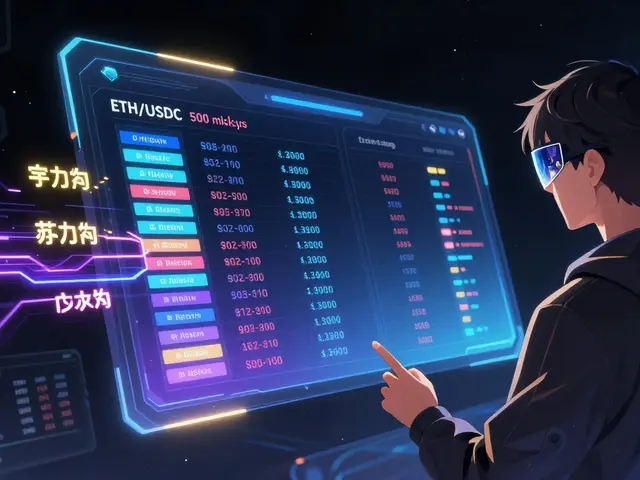Blockchain: Basics, BaaS, Bridges & Security Explained
When working with blockchain, a decentralized ledger that records transactions across many computers. Also known as distributed ledger technology, it powers cryptocurrencies, smart contracts, and a growing suite of applications. Understanding how Blockchain-as-a-Service (BaaS), cloud‑based platforms that let businesses deploy blockchain networks without managing infrastructure works, why cross‑chain bridges, tools that move assets between separate blockchains matter, and what double‑spending attacks, attempts to spend the same coin twice by exploiting consensus flaws look like can save you time and money.
Key Concepts in the Blockchain Ecosystem
Blockchain encompasses decentralized networks that rely on consensus mechanisms to validate each block. Those consensus rules are the heart of security; they keep the ledger honest and make tampering extremely costly. At the same time, the technology is flexible enough to host smart contracts—self‑executing code that runs exactly as programmed.
BaaS requires cloud infrastructure, SDKs, and often a library of pre‑built smart contracts. Providers such as Amazon, Microsoft, and IBM bundle these pieces so developers can focus on business logic instead of node maintenance. The result is faster go‑to‑market for supply‑chain tracking, identity solutions, and tokenized assets.
To connect isolated blockchains, cross‑chain bridges enable asset transfer across different ecosystems. They work by locking a token on the source chain and minting a wrapped version on the destination chain, or by using trustless multi‑sig contracts that verify proofs. This interoperability fuels DeFi composability and lets users move liquidity where it earns the best yield.
Security stays front‑and‑center because double‑spending attacks threaten the core promise of trustlessness. Race attacks exploit network latency, Finney attacks abuse miner privileges, and 51% attacks compromise consensus altogether. Understanding these vectors helps developers design stronger consensus algorithms, adopt checkpointing, or use layer‑2 solutions that mitigate replay risks.
Beyond the core topics, the blockchain space now includes emerging models like DePIN (decentralized physical infrastructure networks) that tie real‑world assets to on‑chain incentives. Whether you are a founder looking for a BaaS partner, a trader monitoring bridge activity, or a security analyst reviewing attack histories, the collection below gives you practical guides, reviews, and deep dives to act on right away. Dive in to find the exact piece you need next.
Anryton (MOL) Crypto Coin Explained: Purpose, Tech, and Market Snapshot
An in‑depth look at Anryton (MOL) crypto: its purpose, quantum‑ready tech, DNA‑NFT storage, market data, and whether it’s worth watching in 2025.
What Are NFTs? A Simple Guide to Crypto Collectibles
Learn what NFTs are, how they work on blockchain, market size, use cases, pros, cons, and how to buy or create them in a clear, practical guide.
Future of Nonce in Blockchain: What’s Next for Mining and Security
Explore how nonce technology drives blockchain security, its future trends, and what miners and regulators can expect in the coming years.
Can Cryptocurrency Replace Fiat Money? A 2025 Deep Dive
Explore whether cryptocurrency can replace fiat money, covering technology, regulation, adoption, and future hybrid models in a 2025‑focused deep dive.















